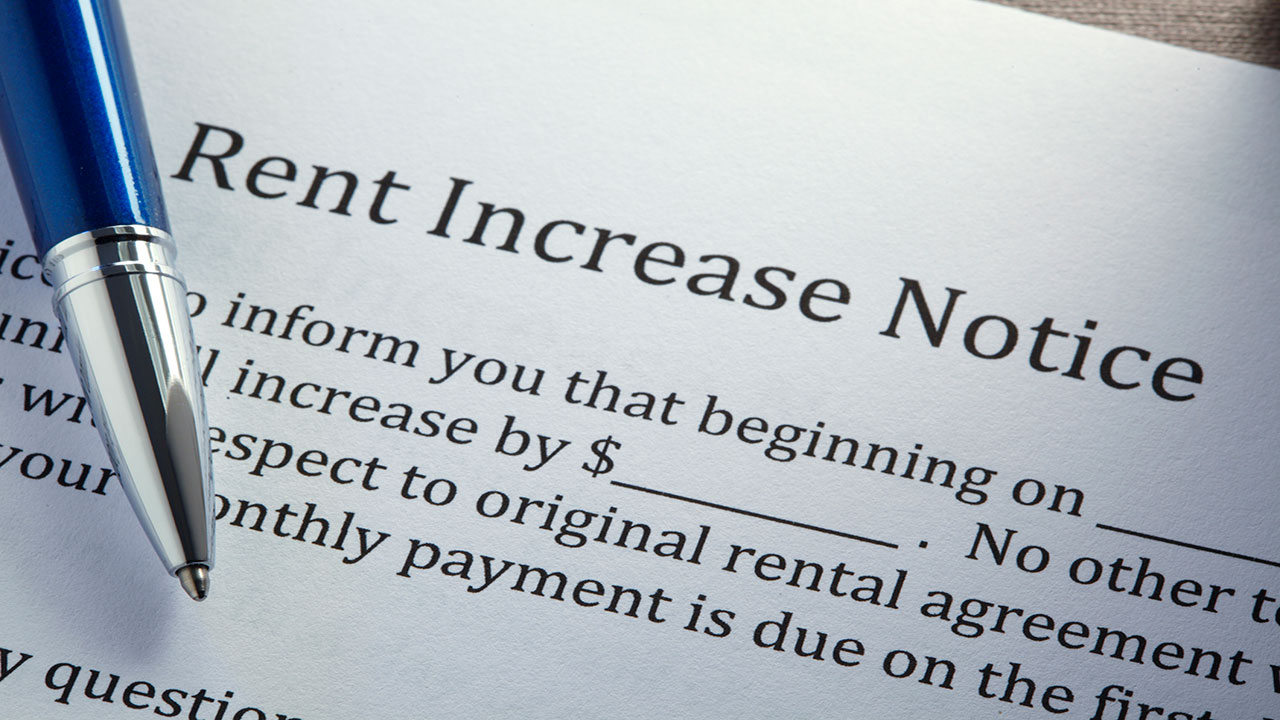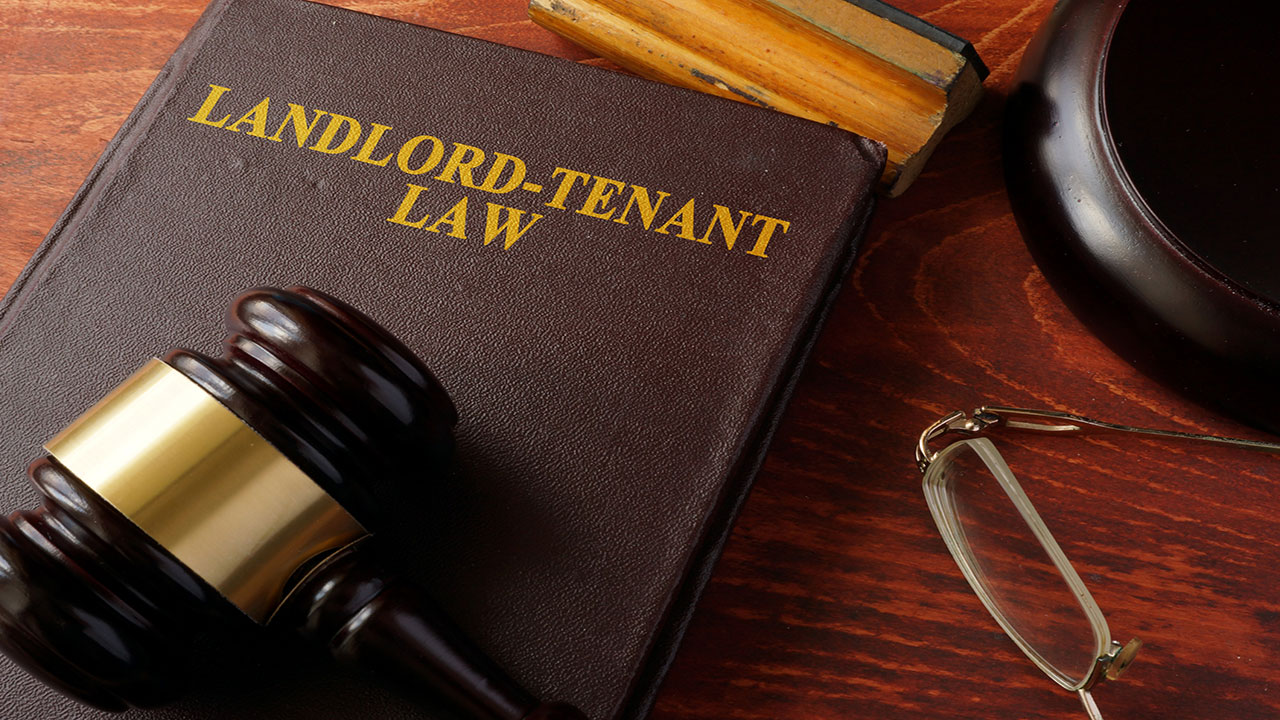What Landlords Need to Know About Rent Control Law

If you’ve invested in the right property and your rent is easily covering all your expenses – and then some – you can make a decent profit and build sustainable wealth over time, especially as the property appreciates in value.
But when it comes time to increase your rent or evict a tenant, you may be subject to certain rent control laws in your area.
Like anything else in life, the price of things goes up over time. You might find that the cost to operate your rental unit has gone up over the past few years, and the rent you were charging a while back may no longer be adequate enough to cover your operating expenses. Increasing rent is totally fine and is even part of the business.
But you may be subject to certain restrictions, especially when it comes to things like how high or how often you can hike up the rent charged to your tenants or how to evict them if necessary. It’s important to be in compliance with these regulations, or you could find yourself in legal hot water.
So, what should you know about rent control in California?
What is “Rent Control?”

The 1995 Costa Hawkins Rental Housing Act governs the restrictions that certain cities in California are allowed to impose on landlords and tenants. Basically, the law was put in place to regulate how much power cities across the state are able to regulate their own rental markets.
The Costa Hawkins state law dictates certain issues surrounding how landlords handle things like rent and evictions. For instance, it stipulates that landlords are only allowed to increase renter after a tenant moves out of the unit. It also prevents cities from putting rent control in place on units built after February 1995.
Rent Price Increases Are Restricted

In California, rent control places a key role in regulating rent charged. More specifically, rent control laws dictate the maximum percentage that landlords can increase rent. For example, in some places, landlords might not be able to increase their rent by any more than 5% at a time.
Further, rent control places a limit on how often rent can be raised. While every jurisdiction may have their own specific rules about this, it’s usually customary not to allow rent to be increased any more frequently than once every 12 months.
It’s important for landlords to understand the exact ordinances in their own cities, as the laws vary from one place to another.
For illustration purposes, here are some examples of different cities across California and their rules governing rent increases.
- Los Angeles – One rent increase is permitted every 12 months based upon the regional Consumer Price Index (CPI). The allowable rent increase is 3% per year.
- Oakland – Landlords can only increase rent annually based on the regional CPI.
- San Francisco – Rent can only be increased every year by no more than 60% of the regional CPI.
- San Jose – Annual rent increases cannot be any more than 5%.
- Alameda – One rent increase is permitted only once every 12 months at no more than 5%.
Landlords are encouraged to find out the exact details about the types of rent increase restrictions that are placed on them in their particular city before informing their tenants of a rise in rents.
Not All Property Types Are Governed By Rent Control Laws

The Costa-Hawkins Rental Housing Act stipulates that rent control isn’t applicable to all properties. For starters, single family homes or condos built after February 1995 are exempt. Further, buildings with no more than three or four units that are owner-occupied are also exempt. The exact number of units will depend on local laws.
Other exemptions also include short-term rentals, detached units that are legally a part of the main residence, and rental units that are subsidized by the government.
Renters Are Protected Against Frivolous Evictions

Landlords are allowed to evict a tenant for any reason as they see fit once their lease expires, whether the tenancy is based on a 12-month or the tenant is on a month-to-month lease. That said, landlords must have a valid reason to evict the tenant before the lease expires.
The majority of rent control regulations require an acceptable reason to evict a tenant, including the following:
- Being in breach of a lease term (such as not paying rent on time)
- Participating in illegal activity on premises
- Causing damage to the property
- Disturbing the peace
Landlords can also evict tenants if they are selling the property or are planning to move into it themselves.
Tenants are protected under local rent control laws from being kicked out without any just cause. The law in California gives specific criteria for landlords to end a tenancy early.
If the tenant has violated the lease in any way, certain steps still need to be taken to evict the tenant, and the exact protocol will depend on the situation. More specifically, the landlord must give written notice to the renter before terminating the lease.
It’s important for landlords to take the proper steps to evict a tenant in accordance with their local laws.
The Bottom Line
It’s important for landlords to fully understand and get familiar with local rent control laws in their cities to make sure they’re in full compliance. While renting out real estate can be an excellent way to enjoy an income or build wealth over time, legal repercussions can negatively impact profits, so it’s best to adhere to local rent control laws that apply.


